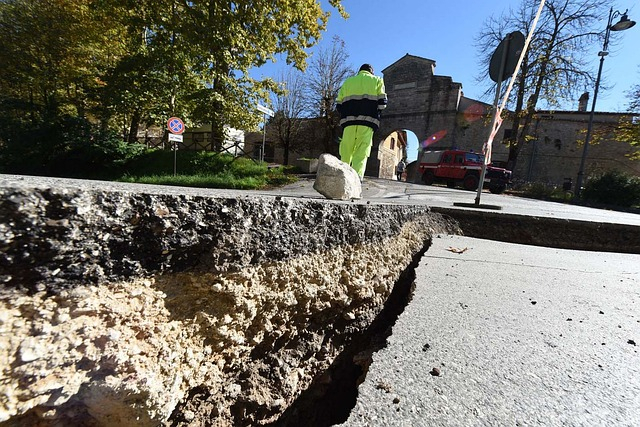
On April 20, an earthquake measuring 6.4 on the Richter scale hit the east coast of Japan. According to the US Geological Survey (USGS), the epicenter of the tremor was 41.7 kilometers beneath the Pacific seabed. Now, Frank Hoogerbeets, a self-proclaimed seismic researcher who operates from the Netherlands, has claimed that more seismic activities are awaiting the earth in the next two days.
What causes a rise in seismic activities?
In his recent website post, Hoogerbeets argued that certain planetary alignments and critical lunar geometry are capable of destabilizing tectonic plates on the earth, and this phenomenon is causing a dramatic rise in earthquakes.
"The outer planets Saturn, Uranus and Neptune will be making critical geometry with the Moon on the 19th, but also about every two weeks for a longer period of time. Tomorrow's geometry will coincide with the Venus-Mercury-Neptune alignment and this could trigger large seismic activity in the coming days (20-22), possibly higher 6, or higher 7 to 8 magnitude in a worst-case scenario," wrote Hoogerbeets on his website Ditrianum.
Can we trust Hoogerbeets' earthquake predictions?
Hoogerbeets, on his website, claims that he is using an advanced system named Solar System Geometry Index (SSGI) to predict potential earthquakes. Hoogerbeets believes that planetary alignments will trigger a sea of electromagnetic waves on the earth, and the powerful discharge will result in the movement of tectonic plates.
However, seismic experts have always dismissed Hoogerbeets' claims, and they reveal that no technology on the earth is capable of predicting potential earthquakes with such precision and accuracy. As per these experts, planets have little influence on triggering earthquakes on earth, as these space bodies are located very far away from the blue planet.
But, Hoogerbeets strongly believes that the influence of planets on determining earthquakes is something irrefutable.
"Of the four fundamental forces currently recognized in nature, gravity is the weakest and always dominated by electromagnetism. In the 1940s, 50s and 60s RCA's radio engineer John H. Nelson proved through observation of short wave radio communication that planetary positions in the solar system greatly affect Earth's atmosphere. Of nearly 1,500 atmospheric condition forecasts that he made in 1967 he had an accuracy rate of 93.2%. His forecast methods, while seemingly forgotten, have not been refuted to date," said Hoogerbeets.









